One of the last components of a “system complete” OSR+ is a full catalog of creatures for GMs to choose from when building encounters and for use in the soon-to-be released Monster Maker. In an old school RPG, you expect to find stats for all the iconic monsters in stock fantasy, from owlbears and unicorns to chromatic dragons and basilisks. And while it’s possible to create monsters on the fly in OSR+, my opinion is that the system is not complete without those monsters in the core rules.
That being said, I've written before in the philosophy of OSR+ that I'm not trying to re-invent the wheel. I'm trying to lay the foundations of a universal system that serves the particular style of play I enjoy—something fundamentally simulationist with a sprinkling of storygaming mechanics, a kind of middle ground between PbtA and the old school revival. Thus the monsters of OSR+—at least in this initial bestiary I'm creating for these core rules—represent an exercise in translation and taxonomical classification rather than reinvention.
On Translation
Step #1: Scour the ancient texts to identify the fundamental monsters that inhabit our cultural consciousness.
Iconic monsters come from one of three categories of origin: real world folklore or mythology, literary tradition, or pop culture. For example, the Catoblepas and the Cockatrice and the Sphinx are cryptids with rules and ecology that precede literary fiction. The Shoggoth and the Jabberwock and the Grue were imagined by H.P. Lovecraft and Lewis Carroll and Jack Vance respectively. And the Owlbear, Intellect Devourer, and Beholder (in addition to being intellectual property) entered the cultural consciousness because Dungeons & Dragons kickstarted RPGs as a genre. But all are iconic in fantasy by virtue of time and tradition.
So in building the OSR+ bestiary, I had to decide which monsters were worthy of being included in the core rules on the basis of their "iconicness," across these three categories of origin.
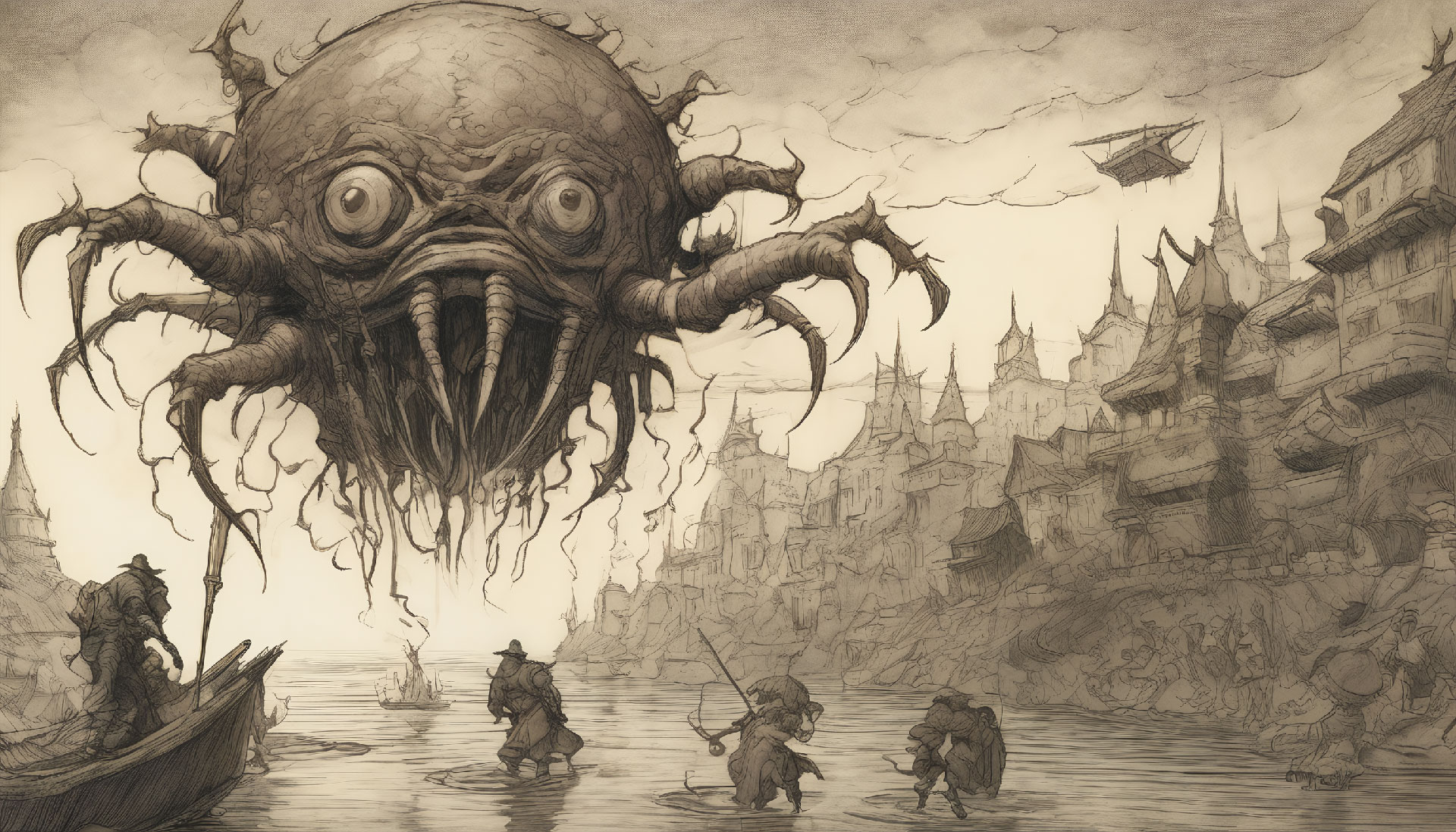
By the Numbers
I didn't want to go with gut feelings, however. A lot of monsters I'm unfamiliar with or just never found that interesting, but I didn't want my biases to blind me to their importance in the fantasy canon. To this end, I decided to review a list of highly lauded bestiaries in trad gaming and check it against an incredibly handy spreadsheet called The Average Bestiary that some maniac created, which meticulously catalogues every conceivable fantasy monster in existence on the basis of the frequency of its appearance across a comprehensive list of the most popular trad RPGs.
The key bestiaries I chose as inspiration include:
- The 2e, 3e, 4e, and 5e Monster Manuals
- The 13th Age Bestiary 1 and 2
- The Creature Catalog
- The Fiend Folio, 2e and 3e
- Mordenkainen's Tome of Foes
- Pathfinder 2e's Bestiaries, 1 and 2
- Swords & Wizardry's Monstrosities
- The Monster Overhaul
- The Tome of Beasts 1 and 2
- Volo's Guide to Monsters
- The Tome of Horrors
Needless to say, I found that my small sampling above comports with the widest threshold of popularity for monsters in The Average Bestiary, as far as pop culture origins go.
Why Not Indies?
Most indies that attempt to emulate a particular genre have monsters unique to their setting. These games have really fabulous ideas, but nobody's ever heard of them (which is why they're fabulous). I decided that if the name of the monster isn't enough to evoke what it is on its own, then it isn't iconic enough to be part of the core rules.
Some Other Qualifications
I also had to set some ground rules to narrow down the list even further:
THe Plushie Factor
If the monster originates only in D&D and wouldn't be recognizable to someone who likes fantasy but hasn't played D&D, then it wouldn't make it into the core rules bestiary. Owlbears are plushies these days, but flumphs aren't.
Dire Or Bust
I found there's no point in including ordinary animals because such a list could never be comprehensive. Add to this that I don't find fighting lions and tigers particularly exciting. Therefore any seemingly ordinary animal in the OSR+ bestiary would be dire by default.
Flavor Is Free
One of the innovations in The Monster Overhaul is that its selection avoids listing multiple monster entries that are just slight variations on a concept. What's the difference between a Frost Wyrm and a Fire Wyrm? Very little, besides temperature. Therefore I would avoid including variants in favor of including options to vary the monster's stats mechanically within its entry, unless a variant's distinctiveness comes from a difference in lore (a Djinni vs. an Efreeti, for example).
Basic Beasts Only
Obscure (read: distinctively non-Western) mythological monsters are out, at least for the core rules: Shofars, Simurghs, and Nuckelavees are neat, but your average fantasy fan has never heard of them. It makes no sense to waste time including them in an initial release if they're unlikely to be included in your average encounter.
On Fantasy Folk
While various "folk" (the Humanoid monster type, as described later in this post) make sense to include (I mean, who hasn't been attacked by serpentfolk on the way to the dragon's temple, or drowned to death by merfolk at sea?), the playable origins in OSR+ are not monsters and thus shouldn't be included in a bestiary. That means no dwarves or high people (e.g., elves) in the bestiary. You can make those with the Character Creator.
On Average NPCs
And finally, humanoid NPCs (such as your average mercenary or sorcerer) are the domain of a bestiary expansion that focuses exclusively on providing stock prefab NPCs. While it will be possible to create "NPCs" in the Monster Maker—which have characteristics more like playable heroes than monsters—I don't think it makes sense to mix them in a tome alongside Astral Whales and Gargoyles.
In the end, this has left me with approximately 300+ iconic monsters for a core rules to draft!
Not a bad start, albeit a daunting one.
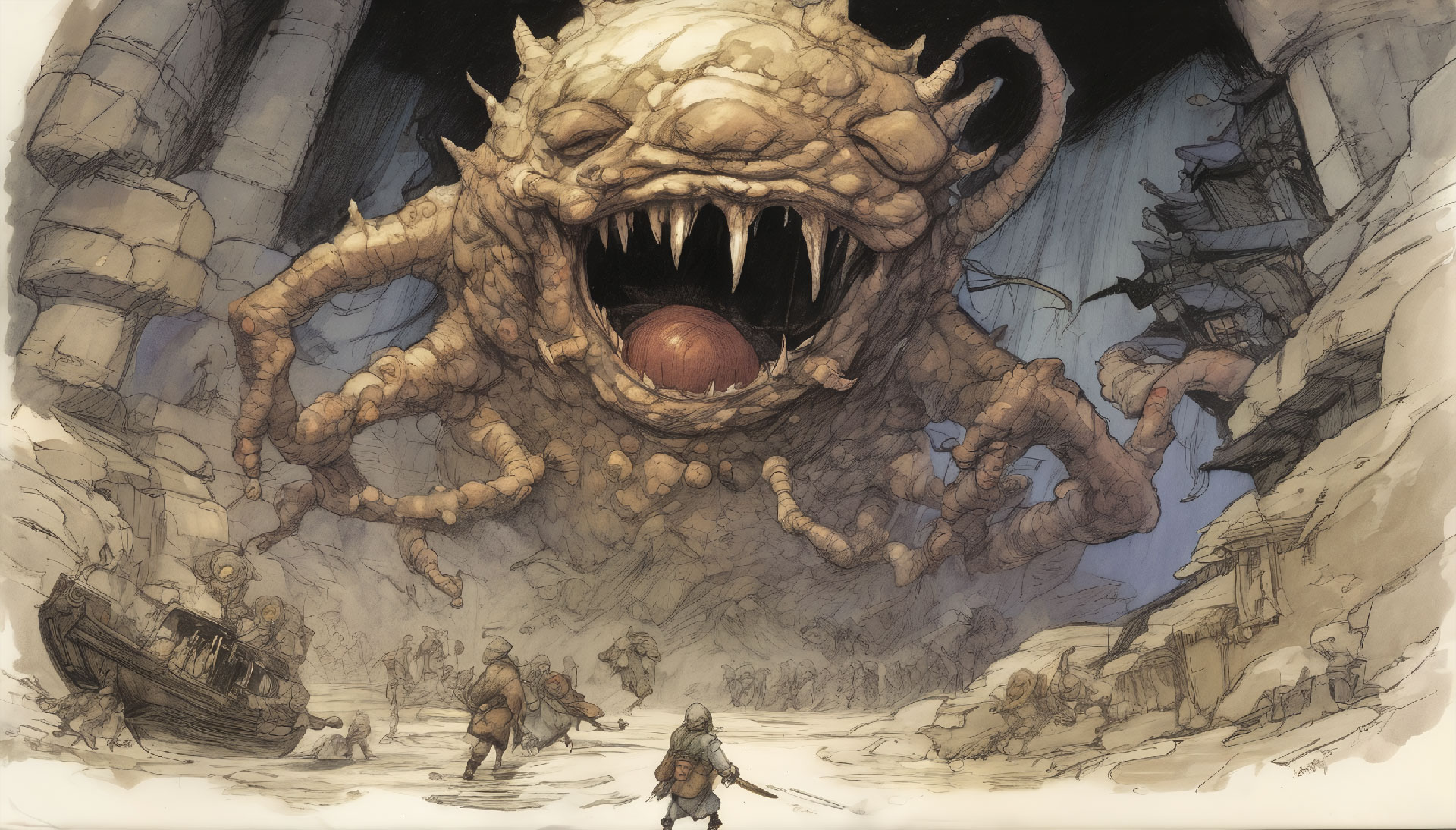
On Taxonomical Classification
Organizing 300+ monsters in a bestiary in a way that's useful to GMs requires meticulously categorizing them so that A) they're eminently searchable (whether in print or on the Web) and B) easy to conceptualize as belonging to an imagined "monster kingdom" in the secondary world. But it's difficult to accomplish the latter when you're trying to avoid situating the monsters in a particular secondary world.
That is, I didn't want the conceptualization of demons and angels in OSR+ to depend on some convoluted lore from any particular campaign setting. Consider D&D's legacy of demons and devils or angels across its various editions: almost none of it has a parallel in anything biblical, for reasons variously fictional and commercial. Thus wherever possible, I try to take monsters that have been reflavored by D&D et al over the years back to their mythological origins. For example, instead of the Gorgon being represented as a ox with petrifying breath (likely because of Gygax's predilection for the estoeric), it's presented as what it actually is in Greek mythology—the "species" of the Medusa.
And there's admittedly nothing innovative about that: I'm just trying to keep things pure.
All of this to say, I landed on two simple taxonomies for categorizing all the monsters in the game:
- Seven fixed monster types, mechanical in nature, which each confer abilities to all monsters in the type. Monsters can belong to more than one type.
- A series of tags that help group monsters by their fictional qualities for the purpose of utility: Divine, Fey, Draconic, Insectoid, Cthuloid, Prehistoric, Ectoplasmic, Folk, Demonic, Aquatic, and so on. So if you're looking for an "Undead Arcane Familiar," maybe an Animated Hand is for you.
The Seven Monster Types
These are my sacred seven categories.
I challenge you to find a monster we can't slot into one or two or the types below.
Humanoid
Humanoid monsters are generally bipedal and intelligent. Most are capable of language and may have culture and live in societies of their own. This includes creatures like lizardmen, fey, orcs, goblins, centaurs, trolls, and even giants.
WILD
Wild monsters are sentient, but not intelligent. These creatures are generally incapable of moral reasoning, and so cannot be said to have good or evil intent. This includes both sentient flora and fauna like wild bears and crocodiles, non-sentient oozes and plants, and megafauna like dinosaurs, giant spiders, and direwolves.
CRYPTID
Cryptids are supernatural or legendary creatures of varying intelligence. Unlike Wild monsters, Cryptids are either magical in nature, possess extraordinary abilities, or are one of a kind. Some cryptids operate in societies; others exist only in lairs or secret or forbidden dwellings. Creatures like dragons, the Sphinx, cockatrices, krakens, and Lamia are all examples of Cryptids.
Construct
Constructs are created beings that may or may not be sentient. All constructs are artificial in nature, whether animated by magic or science. Usually such beings are immune to effects meant for the living (such as poisons or mind-influencing abilities). A Clockwerk sentinel, a golem, or an animated sword are all examples of Constructs.
AStraL
Astral creatures originate from otherworldly realms within the Astral Veil. Such beings include monstrous extradimensional phase spiders, shadows, and elementals made of fire or ice as well as superintelligent angels and demons.
UNDEAD
The Undead are creatures that were once alive and are now reanimated by supernatural means. Such creatures are generally imbued with negative energy that sustains their unlife. They tend to be immune to effects that affect the living, and possess supernatural abilities or extraordinary resilience due to their unliving state. Ectoplasms such as ghosts, humanoids brought back to life because of curses like vampires and werewolves, or creatures animated by dark magic such as zombies are all considered Undead.
ELDRITCH
Eldritch monsters originate from alien realms beyond the Astral Veil, and typically possess (or are imbued of) psionic power. Such beings are often amoral or totally alien in their thinking, and their physiology is like nothing in the material realm. Ceremorphs, abominations, arguses, and deep ones are all examples of eldritch monsters.
Let's practice:
- Dragons, Coatls, and Unicorns? Cryptids.
- Vampires? Undead Humanoids. Ghosts? Astral Undead.
- Giants, Dryads, or Catfolk? Some are big and some are small, but they're all Humanoids.
- Golems and Animated Armor are Constructs, as are Clockwerk monsters and some Oozes.
- And let's not forget H.P. Lovecraft's array of Eldritch creations, such as Shoggoth, Men of Leng, and Elder Things.
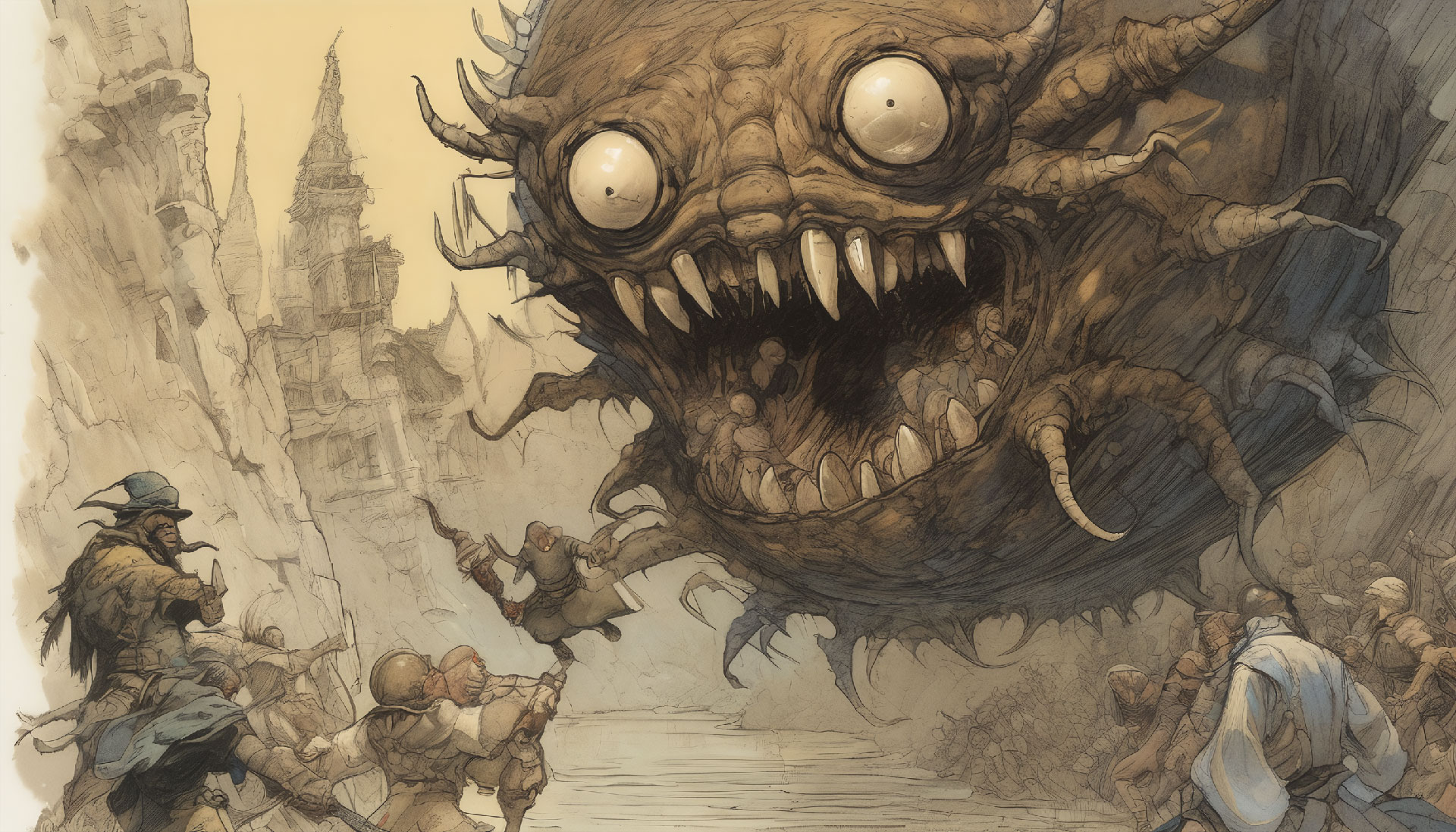
So What's Next?
Identifying which monsters are iconic and worth including was an exhausting process, but it's only the first step in creating a bestiary for OSR+.
Next, we have to write their abilities in such a way that they're modular. This way, you as the GM can mix and match abilities to create your own monsters with the Monster Maker.
This and more in a future installment of Building a Bestiary...
 Archetypes
Archetypes Armor
Armor Classes
Classes Conflicts
Conflicts Cultures
Cultures Ethos
Ethos Flaws
Flaws Glossary
Glossary Kits
Kits Maleficence
Maleficence Origins
Origins Shields
Shields Skills
Skills Spells
Spells Stances
Stances Status Effects
Status Effects Tactics
Tactics Talents
Talents Techniques
Techniques Treasure
Treasure Weapons
Weapons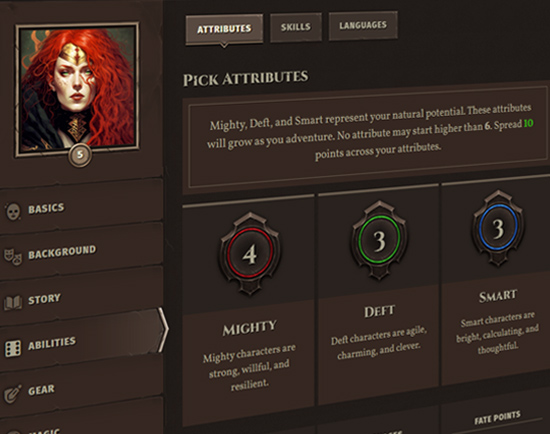












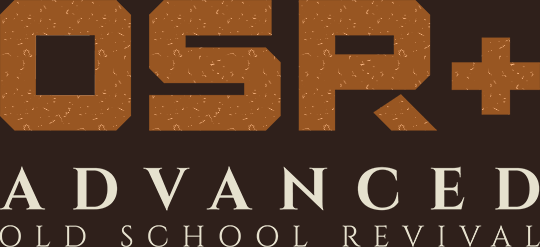
 Hall of Heroes
Hall of Heroes Hall of Legends
Hall of Legends



 Dungeons & Flagons
Dungeons & Flagons
0 Comments on
Building a Bestiary, Part 1